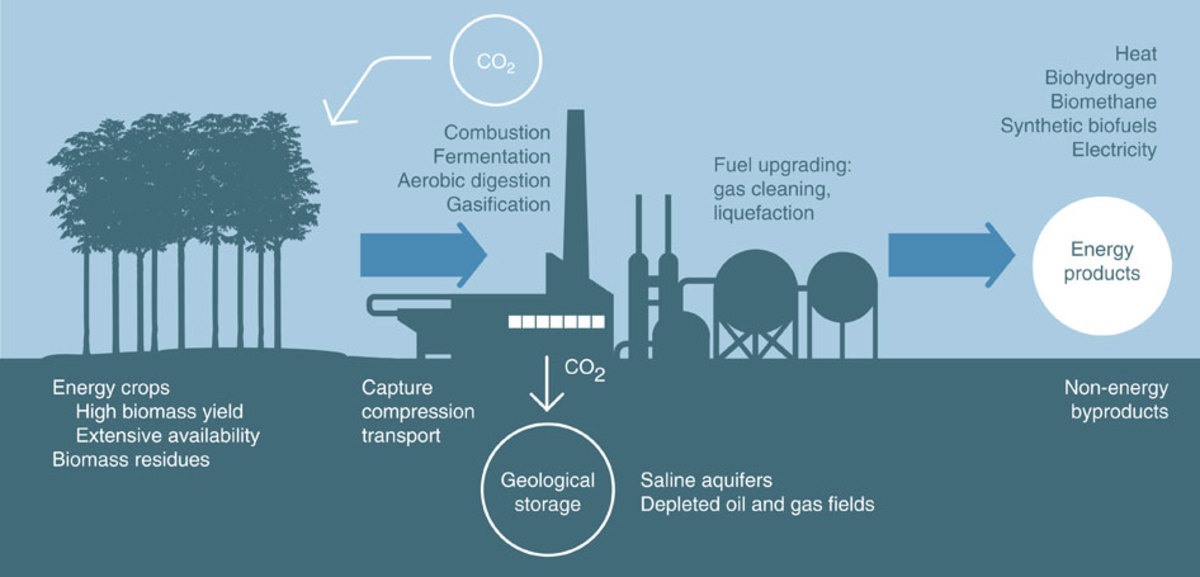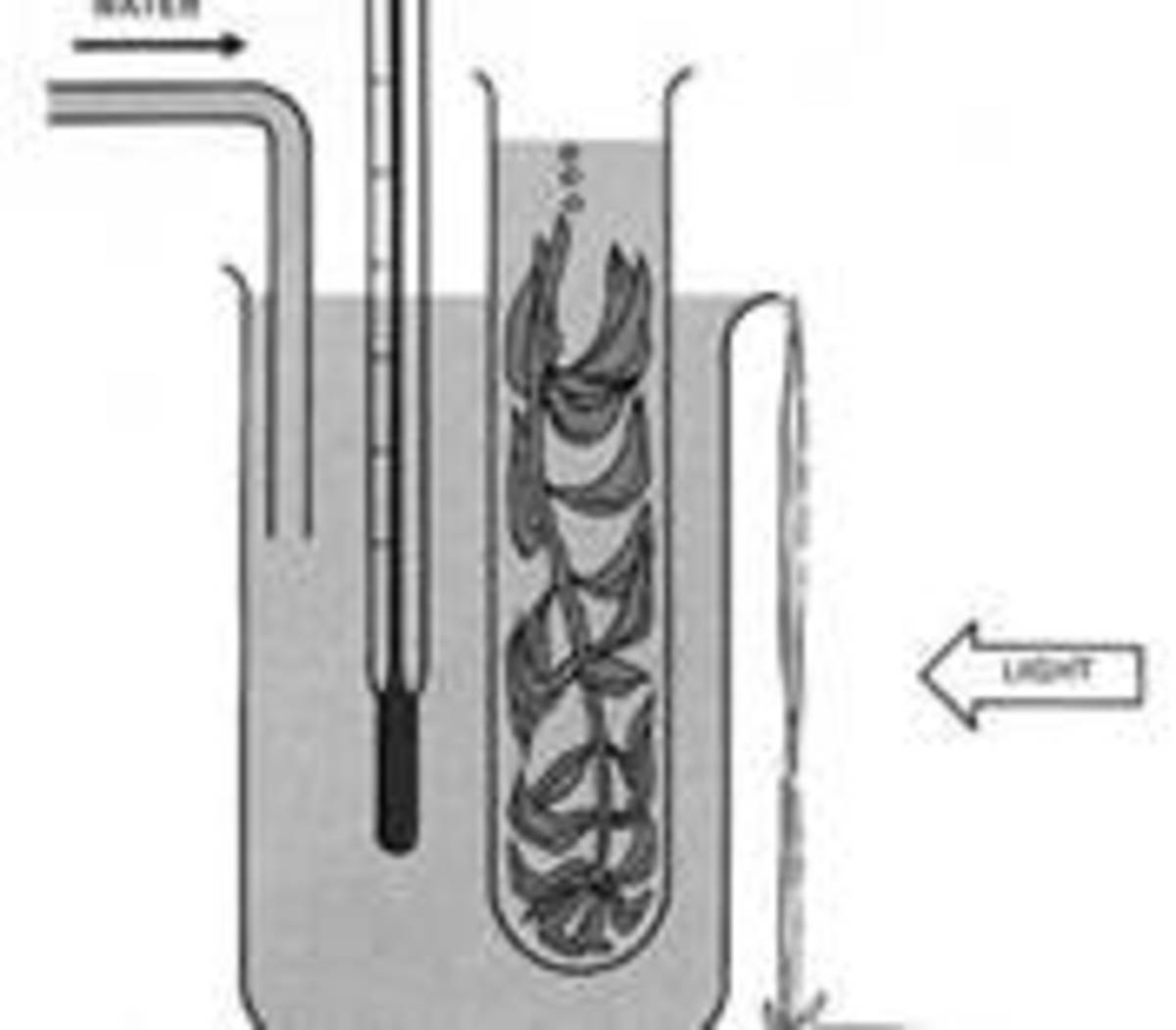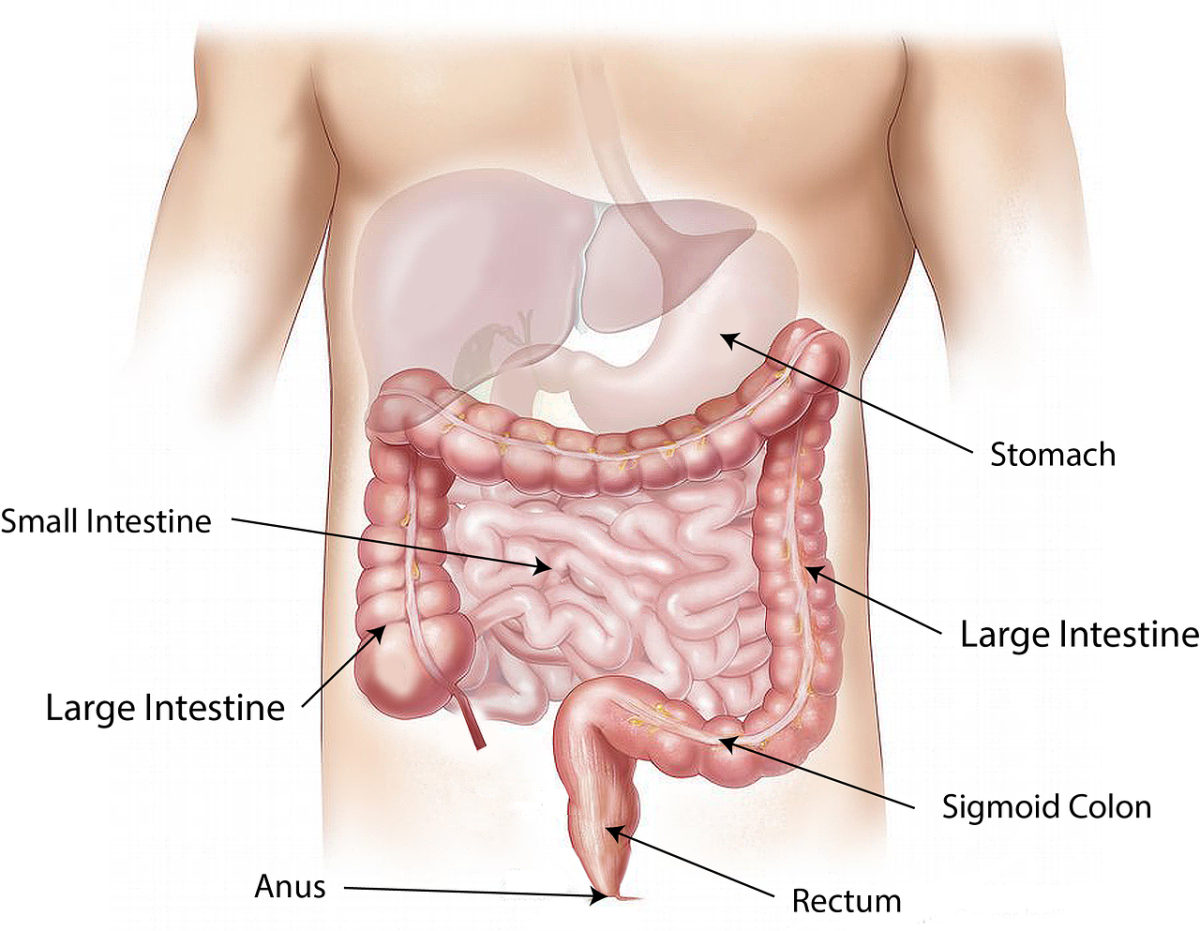How To Stop Mouth Breathing, Snoring and Bad Breath
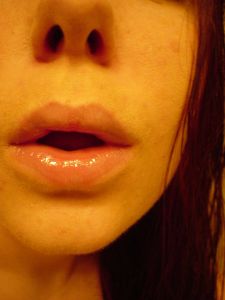
Mouth Breathing vs Nose Breathing
One would assume that breathing is breathing and that as long as you get the air into your lungs somehow it doesn’t really matter how. You may be surprised to learn that this is not the case. There is a difference in the amount of oxygen absorption. When breathing through the nose more oxygen can be absorbed as the nasal passages are small; therefore it takes longer to exhale through the nose than it does through the mouth. There are other differences which we will explore further on.
Are you a mouth breather or a nose breather?
The majority of people in the world are nose breathers. Around 30 – 40% of people are mouth breathers. Do you breathe through your mouth or your nose? I’m a nose breather most of the time but there are times when I do breathe through my mouth; for instance when I have a cold or if I am doing some strenuous exercise. Let’s look at the differences between the two.

Nose Breathing
Noses are designed to breathe through. They have two nostrils which are divided by the septum. The septum keeps the nasal cavities separate. It is covered with a mucous membrane which warms the air as it enters the nose. It is this membrane that produces mucous (more commonly known as snot). Each nostril is lined with hairs which trap dust and dirt particles. When some irritant such as dust enters the nose; the nose begins to run with mucous or we sneeze to get rid of the particles. Further back in the nose there are smaller hairs called cilia, which help to further filter, humidify and warm the air before its arrival in the lungs.
Nose breathing maintains the carbon dioxide, nitric oxide and oxygen levels in the blood. It is a common misconception that the most important component is oxygen. In actual fact, we need less oxygen than we do carbon dioxide. Although the mechanism of breathing is to expel excess carbon dioxide from the body and to oxygenate the cells, the body needs only around 3% oxygen to function effectively. It does not need to store this oxygen as the atmosphere is over 20% oxygen. The body, on the other hand needs about 6.5% carbon dioxide and the atmosphere contains only 0.3%. Therefore, the body needs to manufacture and store carbon dioxide in the bloodstream and lungs. The nitric oxide released when inhaling through the nose increases the efficacy of oxygen exchange.
Because a larger portion of the lungs are inflated in nose breathing, the upper and the lower lobes; the Parasympathetic Nervous System is activated and this helps to calm you. It regulates the digestion and heart rate and stimulates the kidneys and liver.
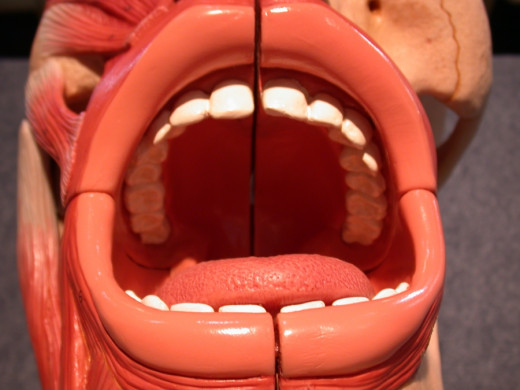
Mouth Breathing
Breathing through the mouth often utilizes only the upper lobes of the lungs. This can start a process involving the Sympathetic Nervous System which you may know as the “fight or flight response”. This causes adrenaline and cortisol to flood your bloodstream and your heart may begin to race, which is not a good thing when you are not actually in danger; making you tense, irritable, depressed and anxious. Also the nitrous oxide production seen with nose breathing is bypassed as it is not produced in the mouth. This means that the rate of oxygen exchange is not as efficient. Research has been carried out which shows that by breathing through the mouth which is a wider channel than the nose, carbon dioxide is released too quickly which causes the blood vessels and arteries to constrict. This restricts oxygen to the cells and blood and oxygen to the brain as it also affects the carotid artery. Mouth breathing can allow airborne bacteria and particles to get into your lungs as the cilia in the nasal passages do not catch it.
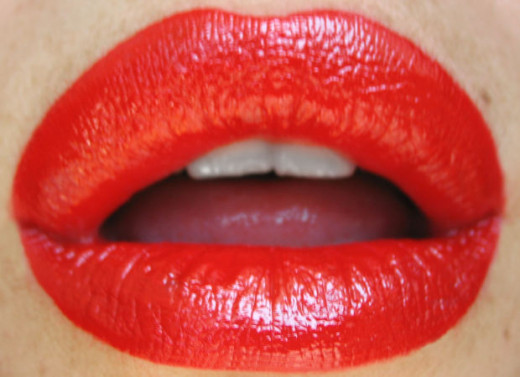
How can I tell if I’m a mouth breather?
You may suffer dry, chapped lips and have difficulty keeping your lips together when at rest. If after a night’s sleep you find your throat, mouth and lips are dry you are most probably mouth breathing. If you drool when asleep you are a mouth breather for at least some of the time you are asleep.
How to stop mouth breathing?
Sometimes just being aware that you are a mouth breather can be enough to break the habit. However, if you are a lifelong mouth breather it may take more than this to change the habit of a lifetime.
- Practise nose breathing during the day whenever you remember.
- Lose weight – breathing through the nose is easier
- Wear a chin strap to sleep. These support the chin so the mouth doesn’t drop open.
- Use nasal breathing strips to widen your nasal airways.
- Don’t sleep on your back
- Clear blocked nasal passages with nasal spray or watch the video below
- Use paper tape to tape the mouth shut – Make sure you can breathe through your nose first.
- Don’t eat within 3 hours of going to bed to prevent nasal tissues swelling through reflux
- Try placing your tongue up against the roof of your mouth.
- Stick ‘post it’ notes throughout the house to remind you to breathe through your nose.
- Surgery may be required to make breathing through your nose easier
What are the adverse effects of Mouth Breathing?
Conditions MB’s are susceptible to:
- Acid Reflux
- ADHD
- Air Swallowing
- Allergies
- Asthma
- Bad breath
- Bed wetting
- Bloating
- Blocked nose
- Bronchitis
- Burping
- Chronic Fatigue Syndrome (CFS)
- Cough
- Crooked teeth
- Dull-witted appearance
- Enlarged Tonsils
- Fatigue
- Fibromyalgia
- Flaccid weakness of lips and tongue
- Flatulence
- Frequent nocturnal urination
- Gas
- Gum disease
- Heartburn
- Heart Disease
- Hiccoughs
- High Blood Pressure
- Jaw shrinkage
- Lisping
- Long face syndrome
- Low energy
- Pneumonia
- Runny Nose
- Sleep problems including Apnoea
- Snoring
- Speech problems
- Swallowing difficulties
- Tongue thrust (Reverse Swallow)
- Tonsilloliths (Tonsil Stones)
As you can see from some of the conditions above, mouth breathing is not a good thing to do and can be quite dangerous.
© Susan Bailey 2013 All Rights Reserved
- SNORING IS NOT BIG OR CLEVER - STOP IT NOW!
Everyone has the capacity to snore. It generally happens when you sleep with your mouth open but some people snore with their mouths closed. The reason people snore is because of some obstruction in the airways.



